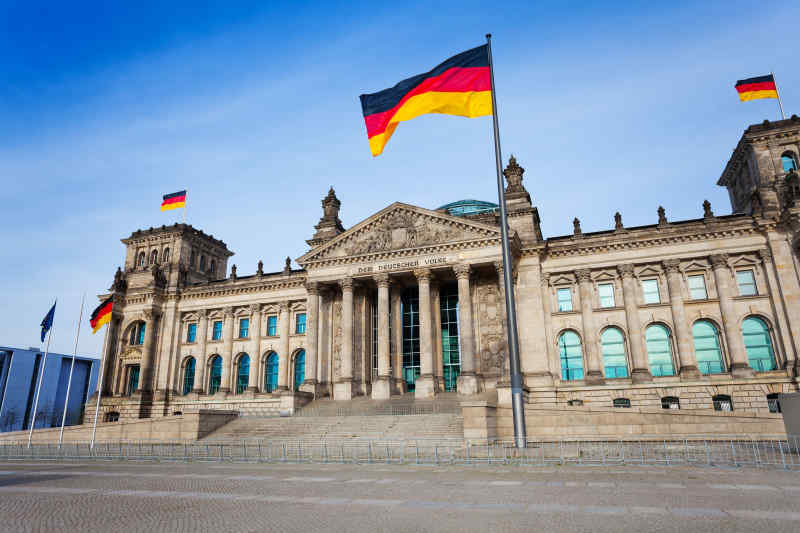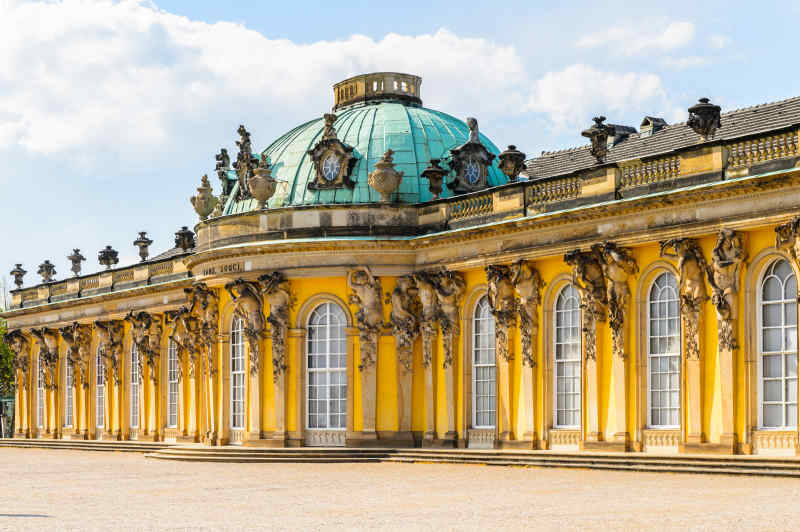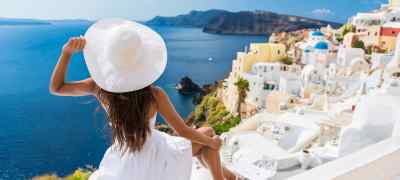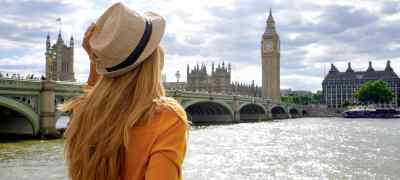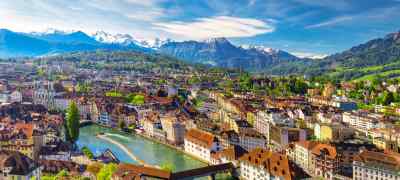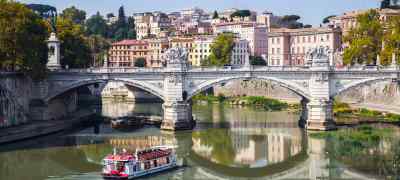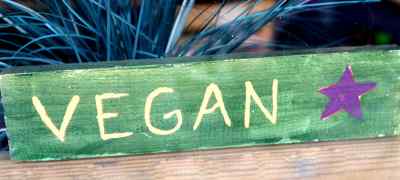By Rachael Funk
Berlin is a city that seamlessly combines past and present to create a unique atmosphere for its visitors. Offering captivating ways to explore its fascinating history, breathtaking architecture, wild parties, and food beyond compare, Berlin is impossible not to love. A city that rewards first time and repeat visitors alike, this destination is always full of new surprises and discoveries.
What to Know
A popular city for tourism with a passion for foosball, vegan cuisine, and bicycling, Berlin is rich with exciting things to do during your visit. Though Berlin is city that prides itself on its open-mindedness and tolerance, it also has a high regard for rules and those who follow them. Jaywalking is frowned upon, so be sure to follow the traffic lights, even when you’re on foot. Like any big city, Berlin is a melting pot of many different cultures, so be sure to try more than just German food while you’re there! With a rich heritage and an energetic nightlife, Berlin has something spectacular to offer every traveler.
When to Go
The fairest weather can be found between the months of May through September in Berlin. May, June, September, and October are the most mild months in terms of weather but also the most crowded tourism months in the city. You can expect longer lines for sightseeing and restaurants during this time. The summer months of July and August tend to be lively and warm when Berliners tend to hang out outdoors in parks and along the riverbanks. During these months, the weather can get humid, so try to find a hotel with air conditioning (which can be rare) if this bothers you. Winters can be very cold and attractions close early, so if you visit during the cold months, plan indoor activities and plan to end your days as the sun goes down.
How to Get Around
Before you do anything in Berlin, get yourself a Berlin WelcomeCard. This handy little card has options from a 48-hour to a six-day pass and is a public transport ticket, gets you up to 200 discount offers on varied attractions, and comes with a city map and guide. Plus, each tickets allows up to three children (between the ages of 6 – 14 years old) free travel!
Public transit is a breeze with the Berlin WelcomeCard because it gives you unlimited access to the S-Bahn, U-Bahn, and buses. Other than using the public transit systems, you’ll be walking quite a bit to explore the neighborhoods, so be sure to bring a comfy pair of shoes. Driving yourself around Berlin is not recommended as parking is very expensive and difficult to find. Taxis are available but generally very expensive and there is a charge for bulky luggage. If you need a car service in Berlin, Uber is still your best bet.
Where to Eat
The food scene in Berlin is vast and varied. You can find everything from butchers’ stalls to bakeries depending on where you look. From street food in Kreuzberg to innovative dishes near Checkpoint Charlie, here is where to find some of the best eats in Berlin.
Markthalle Neun Eisenbahnstraße 42-43 Phone: +49 30 61073473
Industry Standard Sonnenallee 83 Phone: +49 30 62727732
Nobelhart & Schmutzig Friedrichstraße 218 Phone: +49 30 25940610
Cordobar Große Hamburger Str. 32 Phone: +49 30 27581215
Kumpel & Keule Metzgerhandwerk Eisenbahnstraße 42-43
Kanaan Berlin Kopenhagener Str. 17 Phone: +49 1590 1348077
Speiselokal tulus lotrek Fichtestraße 24 Phone: +49 30 41956687
Zur letzten Instanz Waisenstraße 14-16 Phone: +49 30 2425528
What to See
Brandenburg Gate
One of the most photographed sites in Berlin, the Brandenburg Gate was inspired by the Acropolis and stands proudly in one of the city’s most famous squares. Build in 1788, the Gate has seen the Napoleonic invasions, Nazi parades, and the Cold War, where it marked the “no man’s land” between East and West Berlin. Now, it is a symbol of German unity and a must-see stop while you’re in the city.
Museumsinsel (Museum Island)
A cluster of five museums located on the River Spree, Museumsinsel also includes the Berliner Dom cathedral and sprawling garden grounds. Each museum on the island presents a different aspect of German history an art. If your visit does not allow time to see each museum individually, the island’s beauty still makes it a worthwhile trip to explore the grounds and take in the architecture of the buildings from the outside.
Potsdamer Platz
Berlin’s main plaza before World War II left it destroyed, Potsdamer Platz was revitalized after the Cold War when big companies like Sony and Daimler moved in and brought life back into the area. Now, visitors can find attractions like Berlin’s largest movie theater, a mall, Boulevard der Stars, and even a nearby LEGOLAND here.
Reichstag
Originally built 1884 – 1894, the Parliament Building and its varied architecture is a symbol of Germany’s past, present, and future. In 1933, the building was destroyed by arson then bombed during World War II and didn’t become the seating house of government again until 1999. The Reichstag’s dome can be toured for free, but you must register in advance to save your spot. Guided tours are also offered in the weeks when Parliament is not sitting.
Tiergarten
A sprawling park that stretches from central Berlin westward, Tiergarten used to be a hunting ground during the 17th century. Today, it is a gorgeous respite from the bustle of the city. Admission to the park is free and it is open to the public 24 hours a day. The park hold two Biergartens, jogging and biking paths, and Zoologisher Garten, also known as the Berlin Zoo.
Checkpoint Charlie
An iconic stop for any visit to Berlin, the Checkpoint Charlie border crossing was the only place where foreigners visiting Berlin could cross between West and East. While you’re there, stop by the Checkpoint Charlie Museum, where you can learn about what’s left of the border crossing, hear stories about those who escaped from East to West, and get a thorough history of the Berlin Wall, from its creation all the way through to its eventual fall.
Tips and Tricks
Most restaurants, shops, and cafes still don’t accept credit cards, so your best bet is to assume each establishment is cash-only or ask before ordering. Make sure to always keep plenty of cash on hand and keep an eye on your wallet.
Watch out for cyclists. Walkways are generally divided into two sections: one side for pedestrians and one side for bikes. It’s easy to wander into the wrong lane if you aren’t paying attention, so be sure to stay aware of your surroundings and pay attention if you hear a bike bell ringing.
In addition to the Berlin WelcomeCard, you may benefit from the Museum Pass, which is €29 and offers free admission to 30+ museums over the course of three days.
Tipping in Berlin works much the same as it does in the United States. In restaurants, a 10% – 15% tip is common (even if a service charge is added to your bill), round up to the nearest Euro for bartenders, and tip porters €1 – 2 per bag and housekeepers €2 – 3 per day at hotels.
Day Trips
Potsdam
A popular day trip from the city, Potsdam is a former Prussian royal city full of charm. The city’s architecture smacks of fairytale enchantment and provides a charming change of pace from Berlin. Stroll through the Dutch Quarter to see the red brick gabled houses, tour Neues Palais, and tour Potsdam’s Brandenburg Gate, which is not to be confused with Berlin’s famous site bearing the same name.
Kromlau
A tiny but breathtaking town on the border between Germany and Polan, Kromlau holds a hidden gem often overlooked by tourists. Kromlauer Park is a 200-acre park which is home to Rakotzbrücke, also known as “the devil’s bridge.” According to legend, the devil helped build the bridge in exchange for the first living soul to cross it once it was complete. Regardless of whether you pay any attention to the legend, the park is stunning and is an absolute must-see before you leave the region – especially if you visit in autumn!
Sachsenhausen Concentration Camp
A somber day trip for those who are interested in learning more about Germany’s history, a visit to this former Nazi concentration camp is one of the most important day trips you may take. This site is a grim reminder of the horrors of World War II and provides information about what happened in the camp and the 30,000 lives that were lost there.
Pfaueninsel
Also called “Peacock Island,” this small nature reserve island is less than a mile long and about 0.3 miles wide. In spite of its size, it is teeming with greenery, historic architecture, and wildlife, including the peacocks the island was named after. A beautiful place to spend a serene day away from crowds and the bustling city life, Pfaueninsel even boasts a small castle on the island!

